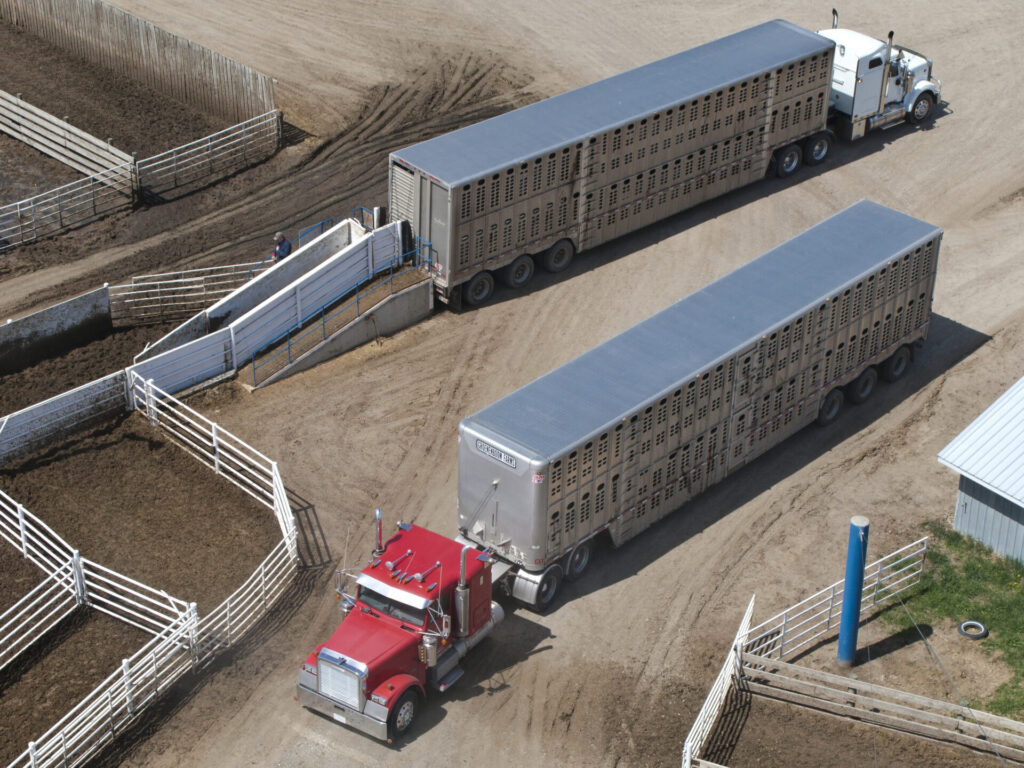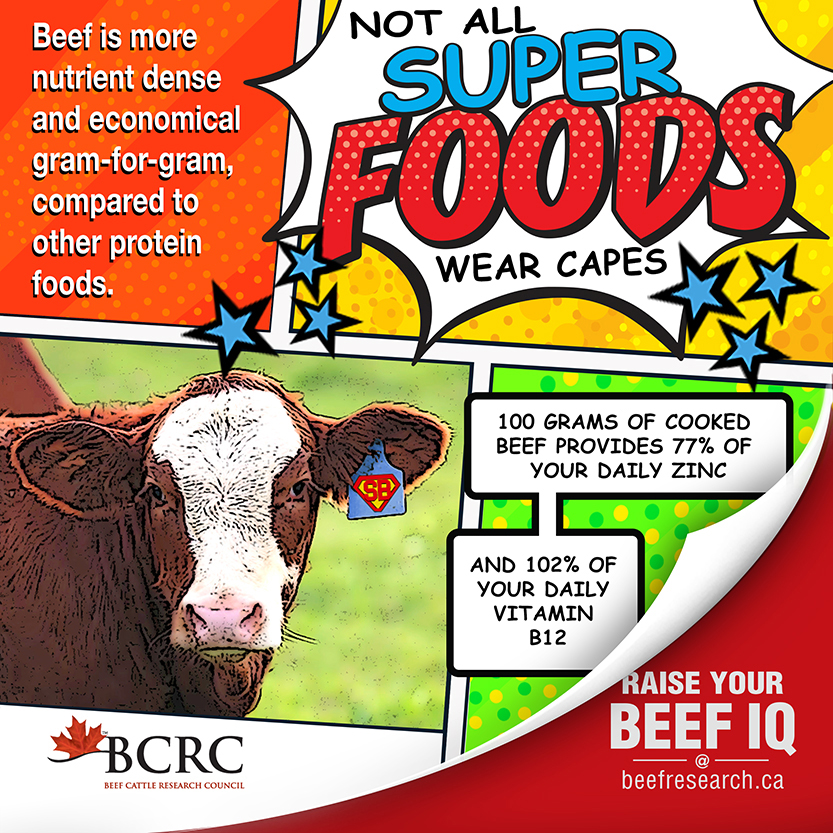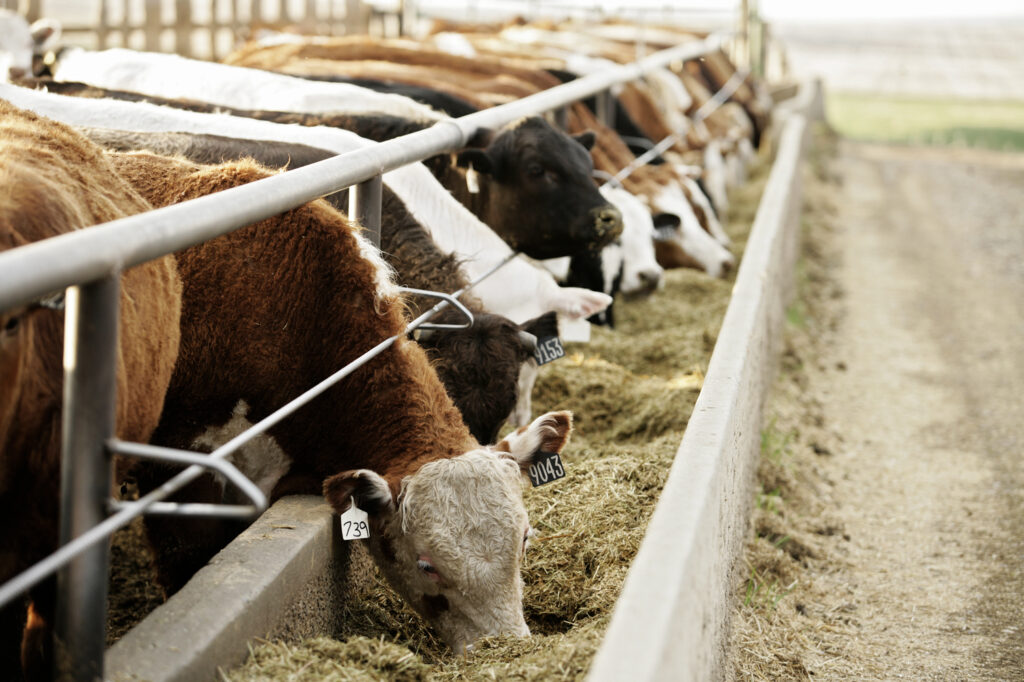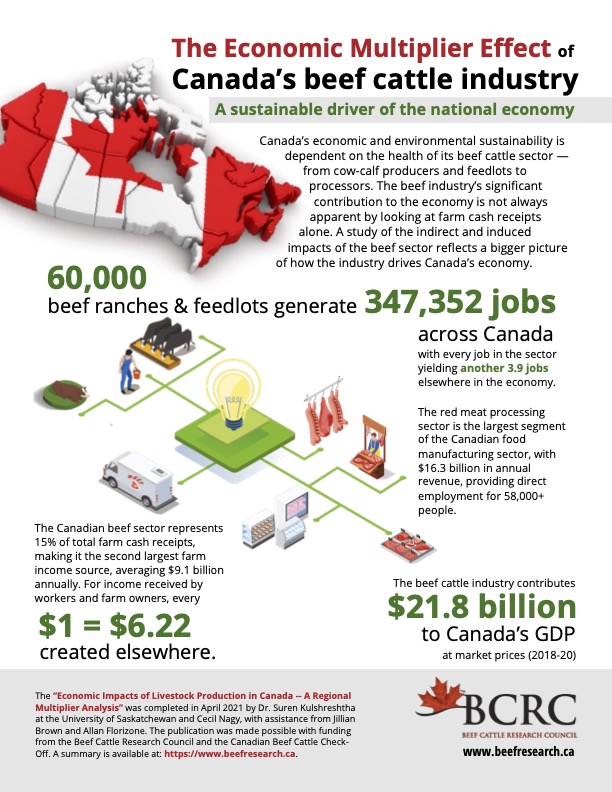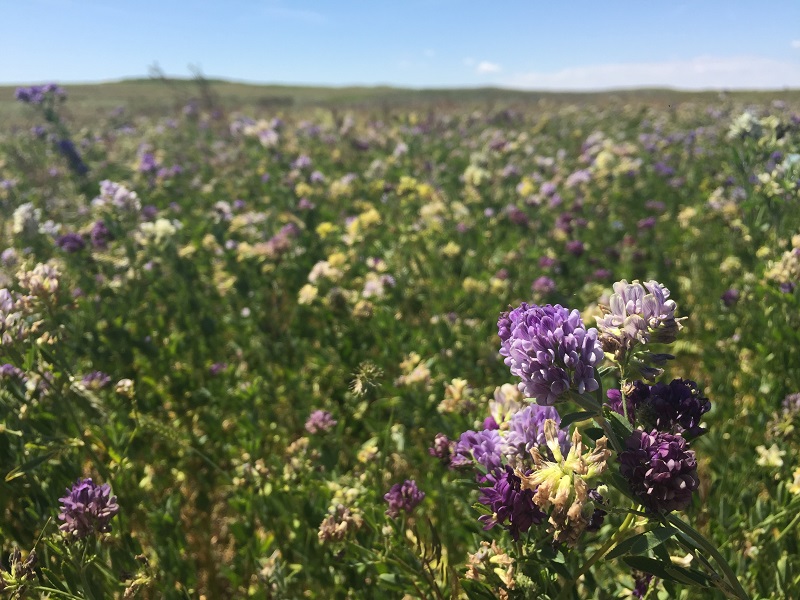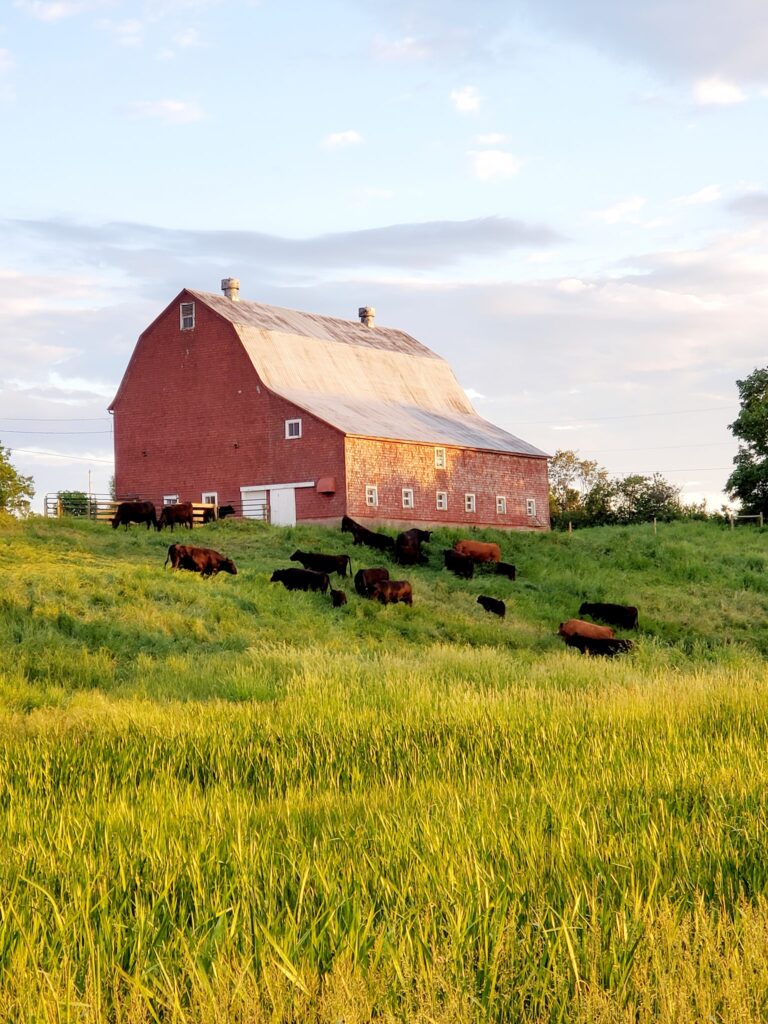The Research Results Are In on Transport Rest Stops and BRD
Remarque : cette page web n’est actuellement disponible qu’en anglais.
Each time a beef animal is marketed in Canada, the Canadian Beef Cattle Check-Off is collected. Part of that check-off is used to fund research through the Beef Cattle Research Council.
This is the first post in an ongoing series highlighting recent research results.
Do rest stops during long-haul transport increase the risk of BRD?
Calves that were given an eight-hour rest during long-haul transport had higher numbers of BRD-causing bacteria in the respiratory tract than calves that were not rested during transport.
Does land-use change affect soil carbon?
Converting perennial forages to annual crops decreases in-soil organic carbon levels.
Does beef have a role in Canadian diets?
Beef’s high nutrient density, particularly for vital nutrients that are most often inadequate in Canadian diets (iron, vitamin B12 and zinc), makes it an affordable source of all these nutrients for consumers.
Monitoring trends in feedlot antibiotic use and resistance (on arrival and at rehandling) is important:
- for veterinarians and their clients (to reduce disease risk, reduce morbidity and mortality, and safeguard antibiotic effectiveness),
- for the broader industry (to avoid unrealistic, uneconomic and unnecessary regulatory or trade constraints that negatively impact animal health and welfare)
- and for consumers (to maintain public confidence in the beef industry’s social responsibility).
What’s the economic impact of Canada’s cattle and beef industry?
Between 2018 and 2020, the cattle sector contributed $3.35 to the Canadian GDP for every dollar of farm cash receipts. For every worker employed in the sector, another 3.9 (based on indirect and induced impacts) workers are employed elsewhere in the economy; with an employment multiplier of 4.86 person-years on a full-time equivalent basis.
For every $1 of income received by workers and farm owners, another $6.22 is created elsewhere – resulting in an income multiplier of 7.22 (up from 5.63 in 2012).
What makes alfalfa drought resistant?
Drought resilience in alfalfa may be affected by changes in its response to oxidative stress, the expression of genes encoding specific transcription factors and carbohydrate metabolism.
Can age verification be automated in packing plants?
A portable x-ray camera can achieve adequate image quality for automatic analysis and age verification but would need a mechanism to ensure repeatable placement of the x-ray camera.
Can cattle price insurance be expanded to Atlantic Canada?
Feeder and fat cattle sale volume and price data from Ontario and Quebec can provide an effective foundation for a cattle price insurance program for Maritime producers.
All research summaries are available under “For Producers” in the navigation.
Le partage ou la réimpression des articles du blog du BCRC est bienvenu et et encouragé. Veuillez mentionner le Conseil de recherche sur les bovins de boucherie, indiquer l’adresse du site web, www.BeefResearch.ca/fr, et nous faire savoir que vous avez choisi de partager l’article en nous envoyant un courriel à l’adresse info@beefresearch.ca.
Vos questions, commentaires et suggestions sont les bienvenus. Contactez-nous directement ou suscitez une discussion publique en publiant vos réflexions ci-dessous.
